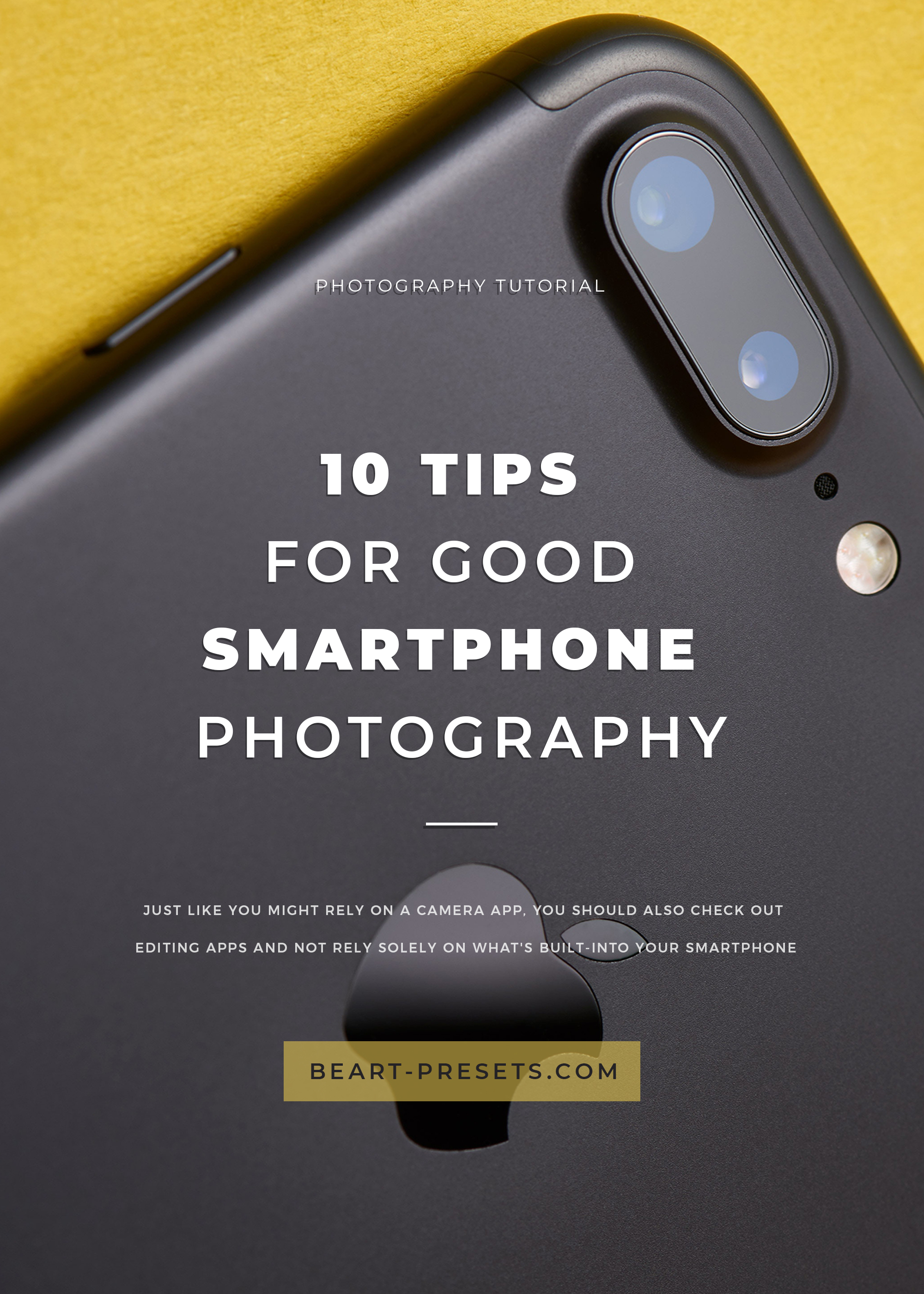10 Handy Tips for Good Smartphone Photography
It's rather obvious to anyone with a smartphone these days that its technology has advanced significantly in the last several years. While no one - at least not professionals - is casting aside digital cameras quite yet, smartphones are quite worthy of respect in the photography world with greatly improved processing and sensors. Here are 10 tips to help you take better photos with your smartphone.
1. Flash:
Once the bane of smartphone photographers, low-light photography is a whole new world now. You won't always need to use a flash with your smartphone in low light. We recommend taking some shots with and without flash. You might be surprised at the quality and even find that some shots are better without the flash.
2. Natural light:
Whenever possible, use natural light but don't shoot directly into the sun, unless you want silhouettes. Rather than relying on a flash, you can use natural light as your light source for some terrific conditions. Keep in mind that many of the rules for digital photography apply to smartphone cameras as well. The hours just before sunset or just after sunrise remains ideal for shooting in natural light. The colors can be stunning - even with a smartphone camera.
3. Use the Grid:
No matter what camera you are using - digital or smartphone - the Rule of Thirds still applies. If you turn on the grid in your viewfinder, you'll see nine sections created by the grids. (If your phone doesn't have a grid, you will need to estimate.) The Rule of Thirds means you should position your subject at an intersection of the grids. Of course, this, like all photography, is entirely subjective depending on what you're shooting and the effect you're trying to achieve.
4. HDR mode:
If you haven't discovered - or tried - your smartphone camera's HDR mode, you might be missing out, especially if you have a more inexpensive phone. We suggest you try several shots with and without and then compare the results. Images where the details matter, such as with landscape or architectural photos, then HDR mode is a good option. The HDR mode can show greater details, particularly in the brightest sections of your images.
5. Burst mode:
If you want to use your smartphone camera to shoot sports, children, or any fast moving action, then try Burst mode. Depending on your phone, you can keep all or just a few of the individual burst images.
6. Manual mode:
Did you know that many if not most smartphone cameras have a manual mode? Most photographers simply pull out their phone and start shooting on Auto because, well, let's face it, it's the fastest and easiest thing to do. If we wanted to be more complicated, we'd use our "real camera". But, it can be well worth your while to spend some time getting to know how to use it on manual. The best way is to practice - but, if you're a novice user, read up on shooting on manual. Remember that ISO is best lower during the brighter situations and higher in lower light. Shutter speed controls your shutter or how long the shutter is open. You'll want it open longer in lower light conditions. (You might need a tripod in those conditions. See next tip.)
7. Tripod:
If you find that you enjoy working on manual, then you'll need a mobile tripod for when you inevitably shoot in low-light conditions. There are several on the market, and most are relatively inexpensive. There's no need to purchase an expensive one. What you need most is stability, ease of use, and lightweight. If you're using your smartphone frequently for pictures, then buying tripod you can easily transport is a good idea. Choose one with flexible legs for more versatility.
8. Camera App:
The camera that comes with your smartphone doesn't have to be the only camera you use on your phone. There are plenty of camera apps you can download and use. In fact, you might find you prefer them to your smartphone's camera. For the most part, it's a personal choice, and you might want to try various ones because there can be a difference between them. Some are better at somethings while others better features.
9. Carry a lens cloth:
Just like you need to clean a camera lens, you'll need to clean your phone's camera lens. Actually, you'll likely need to clean it more often than a regular camera given how often we use our phones! Any good lens cloth works as long as it's lint-free. Get into the habit of having one handy.
10. Editing apps:
Just like you might rely on a camera app, you should also check out editing apps and not rely solely on what's built-into your smartphone. Google Photos provides some good editing and auto-fix options as does Snapseed. The more serious photographer might consider using Lightroom Mobile for more sophisticated options including dng Presets for Mobile Lightroom.















